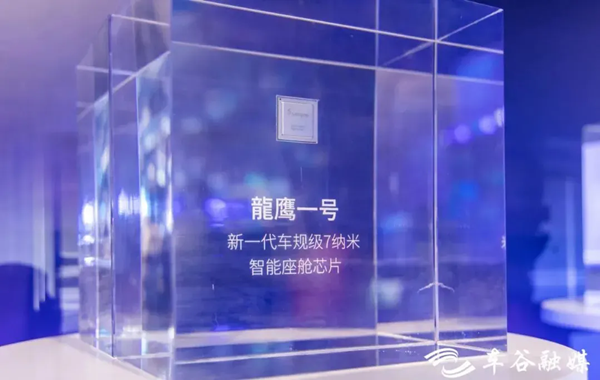

The 7nm high-performance automotive-grade intelligent cockpit chip "Longying One" developed by Hubei Siengine Technology Co in the Wuhan Economic & Technological Development Zone. [Photo/WeChat account: whkfq]
The Wuhan Economic & Technological Development Zone (WEDZ) is evolving from an industrial stronghold to a leader in technological innovation, as demonstrated by its significant achievements over the past year.
A standout development is the launch of China's first domestically produced high-performance automotive-grade MCU chip, DF30, led by Dongfeng Motor. Voyah Auto's 5G intelligent factory showcases the pinnacle of China's automotive manufacturing prowess.
In 2024, the number of high-tech enterprises in WEDZ exceeded 2,000, reflecting a remarkable fourfold increase over three years. Groundbreaking advancements in new energy, intelligent driving, and semiconductor materials have fueled this growth.
The AD1000, China's first high-performance autonomous driving chip, is at the forefront of these innovations. Developed by Hubei Siengine Technology Co, this chip addresses the domestic gap in 7nm automotive-grade high-performance intelligent driving technology. It is the most powerful full-scenario high-level autonomous driving chip in China.
Having completed engineering validation, it is slated for mass production in September. Widespread vehicle integration is expected by the first half of next year.
Established in the zone in 2018, Siengine Technology has pioneered two of China's first chips: the 7nm high-performance automotive-grade intelligent cockpit chip "Longying One" and the AD1000 autonomous driving chip.
Another key player, Hubei Dinglong Holding Co, has made significant strides in producing high-end semiconductor photoresists. As a trailblazer in key material technology, Dinglong has spent over two decades overcoming critical bottlenecks in China's optoelectronic semiconductor sector.
In the domains of integrated circuits and new displays, Dinglong has developed CMP polishing materials, disrupting the global monopoly of major American firms and achieving a domestic substitution rate of nearly 80 percent. It has also outpaced Japanese and Korean competitors by being the first to develop a new fluorine-free PSPI photoresist for OLED displays worldwide.